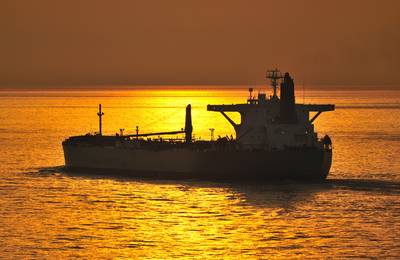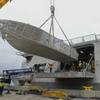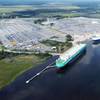VLCC Rates Surge as U.S. Sanctions COSCO
Freight rates to ship U.S. crude to Asia continued to surge, with costs to charter a supertanker rising to a record $12 million on Thursday, shipping sources familiar with the matter said.
South Korea's top refiner, SK Energy, tentatively chartered the supertanker Maxim to ship U.S. crude to South Korea in November for a record $10 million earlier in the week but that fixture has since failed, the sources said.
The company now has conditionally booked the Pacific M at a new record of $12.35 million, according to two shipping sources and Refinitiv Eikon shipping data.
The United States last week imposed sanctions on two units of China's COSCO, alleging involvement in ferrying crude out of Iran. That sent tanker rates surging and prompted U.S. Gulf Coast exporters to hold back chartering COSCO-linked vessels, traders and shipbrokers said.
Tanker rates had already started to climb after attacks on Saudi Arabia's oil facilities last month that temporarily cut Saudi oil production by more than 5 million bpd, or about half the country's output.
"What is happening (in the USGC tanker market) is a combination of the attacks on Saudi because they lost oil (capacity) and so for the last couple of weeks you have fewer vessels that were fixed (from Saudi) to discharge in the USG (US Gulf Coast)," said Ashok Sharma, managing director of shipbroker BRS Baxi in Singapore.
Separately, Phillips 66 provisionally chartered the Very Large Crude Carrier (VLCC) Syfnos to ship U.S. crude to China, two sources said. Phillips 66 also chartered the Landbridge Glory to ship U.S. crude to South Korea in early November for $10.4 million, according to a source and Refinitiv shipping data.
SK could not be reached for comment. Phillips 66 declined to comment, citing competitive sensitivities.
U.S. crude exports have surged since a decades-long ban was lifted in late 2015. The exports rose to an average 2.9 million barrels per day (bpd) in the first half of 2019, according to the U.S. Energy Information Administration.
The top regional destination for U.S. crude oil was Asia and Oceania at 1.3 million bpd in the first half of 2019.
Reporting by Devika Krishna Kumar












